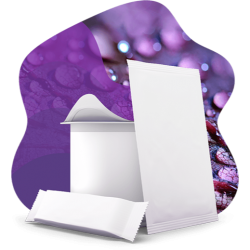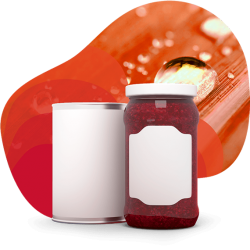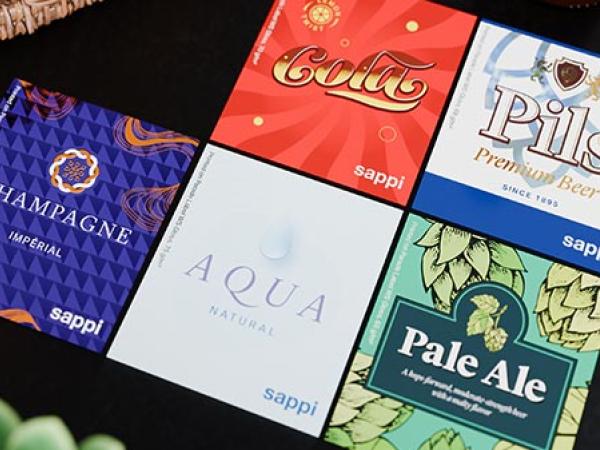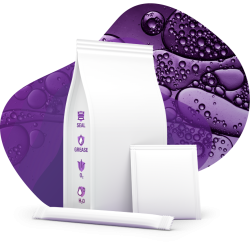
Paper: it's all in the bag

For environmental reasons, the EU is working on rapidly reducing the use of plastic bags. Paper bags are an intriguing alternative. Depending on the type of application, Sappi offers various papers and paperboards that fit the bill. The Algro Design solid bleached board, for instance, is used for high-quality shopping bags.
In recent years, there has been a growing awareness that plastic bags usage is increasing, with a significant impact on environmental pollution. Critically, plastic packaging has a relatively low recycling rate – the European statistics agency Eurostat put the 2016 figures at 42 per cent in Europe and only four per cent worldwide.
Plastic is increasingly ending up in the sea
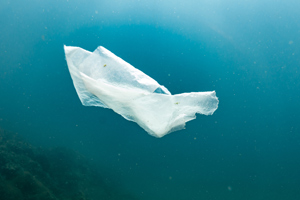
Rather than entering the recycling stream, a significant amount of plastic bags are ending up in the worlds oceans. According to the European Environment Agency's Marine Litter Watch initiative, plastic bags are the seventh most common waste product found on Europe's beaches and three per cent of beach waste was identified as plastic bags between 2013 and 2019. In view of this, in November 2017 the European Environment Commissioner Karmenu Vella said, 'Almost 80 per cent of waste in the sea originates on land. Most of it is made of plastic. We are now finding plastic bags in the stomachs of seabirds and stranded whales, so it's time to act.' As such, the European Union has decidedly to massively reduce the consumption of plastic carrier bags. The aim is to reduce the current figure of 200 bags used per person per year (2015) to 90 by the end of 2019 and 40 by the end of 2025.
Paper bags as an appealing alternative
Plastic bags are thus set to gradually disappear from business and everyday life. Nonetheless, consumers will still need bags that are suitable for transporting their goods after purchase. This is where the benefits of paper bags come into play: the raw materials for these bags derive from wood or cellulose fibres that originate in certified forests. These commercial timberlands are cultivated to ensure that the total stock does not decrease, but rather increases – by 44,000 square metres from 2005 to 2015 alone, roughly equivalent to the size of Switzerland. Another argument in favour of paper bags is their high recycling rate, at around 85 per cent in the EU. Even if a paper bag is disposed of irresponsibly, however, the cellulose will biodegrade within a few weeks. Plastic bags, on the other hand, are not usually biodegradable; they take several decades or even centuries to decompose.
High-quality paper bags are also less likely to enter the recycling loop after a single use, as they are often used over and over again by the original user. This is especially true if they feature a sophisticated presentation and bear the branding of prestigious products or companies. The paper bags produced for some luxury brands are even collected and sold on platforms such as eBay. As far as manufacturers and retailers are concerned, the paper bag is thus evolving from being purely a means of transporting things around, to a brand ambassador, which also increases the desirability of the brand and product from the point of sale.
A substrate with huge creative potential
With its versatile Algro Design product range (160–500 g/m²), Sappi offers an optimal substrate for the development of precisely such high-quality paper bags. Whereas the front side of all Algro Design paperboards is double-coated, each product in the series differs in the treatment of the reverse side – uncoated, single coated or double coated. This provides the possibility to create design effects ranging from natural simplicity to intricate elegance. The visual coherence and best in class printing properties also allow huge creative freedom for glossing, embossing and other finishes, permitting features such as logos to be displayed to the best effect. In addition, the long, strong virgin fibres ensure that the end product has high mechanical strength and robustness. The choice of adhesive and a proper handle design can also enhance the strength and durability of an Algro Design paper bag.
Moreover, the natural properties of paper bags appeal to customers. According to a study by the Two Sides initiative 78 per cent of consumers like paper and cardboard packaging because it is biodegradable. Forty-eight per cent prefer the feel of paper and cardboard over other materials. And who knows, maybe one day your company's paper bag will become a collector's item among your customers?
(Source: https://www.twosides.info/UK/two-sides-publishes-new-paper-bags-fact-sheet/)
